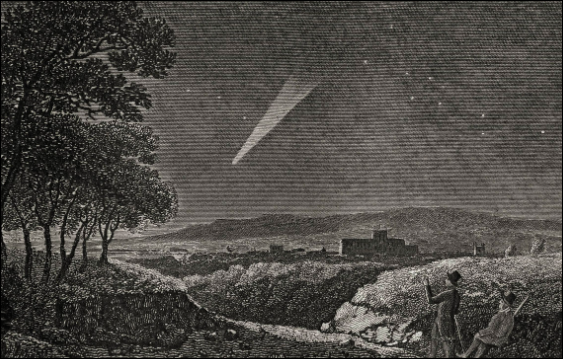
As my small band of followers will know I have a family connection with Outer Space. Way back in the days of yore I was idling through the Brislington parish registers when I spotted an entry for 1811 with the unusual name of M.J.C. COMET. Brislington surnames are bread and butter to me, so I knew this was not ‘a native’. Intriguing too were the initials, at a time when almost everybody made do with one first name, so three initials must denote three names, something else to get the juices flowing. It set me wondering who this celestial arrival could be.
The answer lay in the Overseers of the Poor Accounts for 23 September 1811 with the record:
“Expenses at the Christening of M.J.C. Comet, a child found in a basket, in this parish – one shilling.”
Another entry followed advertising a reward, the considerable sum of eight shillings for
“the discovery of the person who left the above…”
Grace Challenger, (who must recently have had her own infant) was paid nine shillings for wet nursing “the child” for 2 weeks and two days. There were also expenses of 3 shillings and ninepence for “Calico for a Bedgown, etc “.
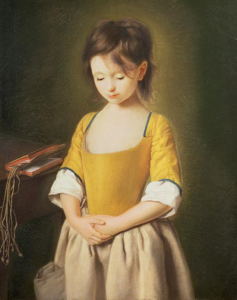
I’d like to think Mary Jane Catherine Comet was this well dressed.
Acknowledgement: Pietro Antonio Rotari, La Penitente (Portrait of a Young Girl), c.1750, The Trustees of the Weston Park Foundation, UK. Wiki Commons.
M.J.C. was a girl, christened six days earlier on 17 September by the vicar at St Luke’s,
“A foundling under the name of Mary Jane Catherine Comet.”
In my mind’s eye the “Overseers” were a rather sober group, not given to flights of fancy. Each year, several villagers of a certain standing were elected to serve, gratis, and not always willingly. I was intrigued to know who among them suggested the inspired surname.
I imagine the scene in the Vestry:
Unable to agree on a single first name, to save time, they approve them all. The business of a surname remains.
“Parish?” says one, gloomily thinking of the charge on the rates.
“Field? It’s where she was found.” This comes from a mundane soul.
“Moses?” suggests a pious type, thoughtfully. “Remember she was found in a basket.”
Howls of “Nay!” until someone else says, “Basket!” which causes general merriment.
When propriety is restored, one of the throng, (they were all men, of course) with science in his heart and poetry in his soul steps forward.
“Go outside. Look up at the sky, ye dimmocks,” he cries.
The glittering sight, in a background of a black heaven, unsullied by streetlights and pollution, is awesome.
“Adopted!” states the Chairman, banging his gavel. “Comet it shall be!”
I’m cheating of course. I knew that 1811 was the year of the Great Comet.
It was recorded in the Bristol press on 7 September:
On Monday night a most brilliant Comet made its appearance in the North East quarter of the sky. Its tail was almost absorbed. It was plainly seen at Plymouth during the eclipse of the Moon the night being particularly clear. It was observed last night in this City about half past nine immediately under the tail of the Great Bear.
Comets were believed by many to be a portent of disaster. The poet John Milton compared them to the Devil:
Incens’d with indignation Satan stood,
Unterryfy’d and like a Comet burned………
and from his horrid hair
Shakes pestilence and war.
Some people became uneasy. The newspaper which had been receiving worried letters sought to allay fears. On the 14 September, just about the time our infant was being abandoned in the Brislington field, it stated:
There is nothing in the appearance of this mysterious stranger that should strike dread. He draws after him a train of beautiful light resembling in color and exceeding in lustre the traces of the Milky Way………. we have gazed with delightful wonder on his sweet and tranquil aspect and instead of Satan we would compare him to Raphael, “sociably mild”.
A fine warm spell of weather (for which the Comet was credited) probably saved the baby from dying of hypothermia. Then on 20 September there was a terrific thunder and lightning storm followed by hailstones which broke numerous windows. Those who had already suspected the End of the World was nigh referred again to the book of Revelation. But in the end, all fears came to nothing.
The Comet could still be seen until 20 November after which the “sublime stranger” gradually disappeared and continued its lonely journey.
Meanwhile Mary Jane Catherine survived, though her mother was never found. We can watch her grow, at Ratepayers’ expense, through the Poor Books:
28 May 1814: a frock for M. Comet, 3/1d
22 Nov 1815. Shoes 4/1d, 2 pinafores 2/9d and a frock 5/10d for M. Comet. Ditto at school for Comet 9d.
25 Mar 1816. Shoes for Comet, 2/4d
Then suddenly, she is joined by another girl, Mary Newton, and the two become a double act. It was suggested to me that the romantic who had named “Comet” also named “Newton” after our greatest scientist! But this is not the case, the surname Newton appears in the Brislington registers.
In 1816 the girls received 2 shifts, 2 pairs of stocking for Newton & Comet, 6/6d. Regular payments continued until 8 February 1819.
A huge change in the Poor Law system was afoot. The Overseers purchased for one shilling and ninepence ‘An Act of Parliament for Regulating Certain Settlements of the Poor.’ The era of the Workhouse had begun.
Mary Jane Catherine by then aged 9, received her last payment on 29 September 1820 without mention of Mary Newton. Both were of an age to be put out as apprentices. A female parish apprentice, (another name for slavery, open to abuse, physical and sexual, unpaid), would allegedly learn the ‘art and mystery of housewifery until she is 25 or married’.
Mary Newton may have simply sent to a family outside Brislington. Mary Jane Catherine Comet should be easier to find, but I can find no trace of her. If she married or was buried it was not under the surname Comet. Her new mistress must have thought it too swanky for a maid-of-all-work, and changed it to something more conventional.
(A version of this article appeared in the BAFHS Journal of December 2002.)



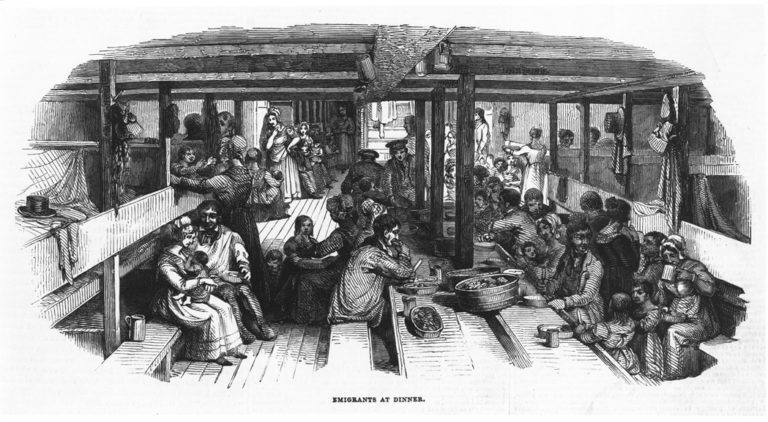
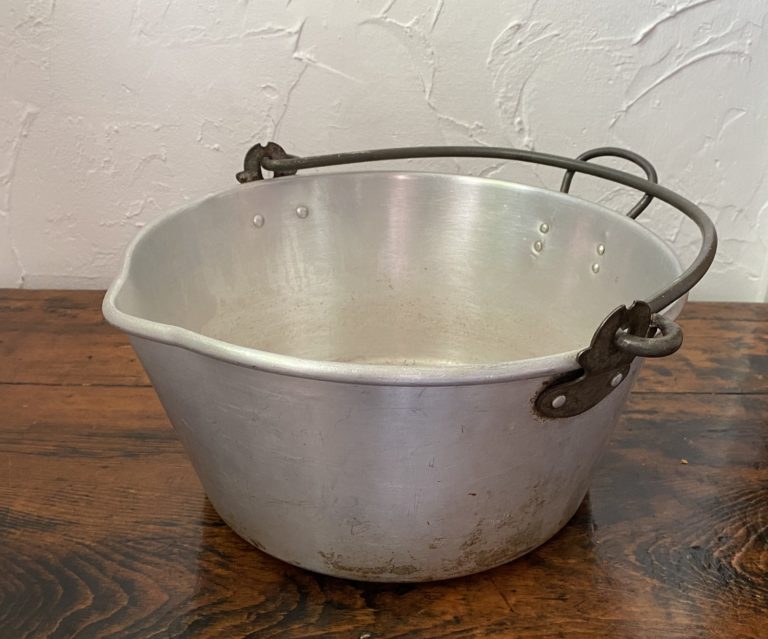
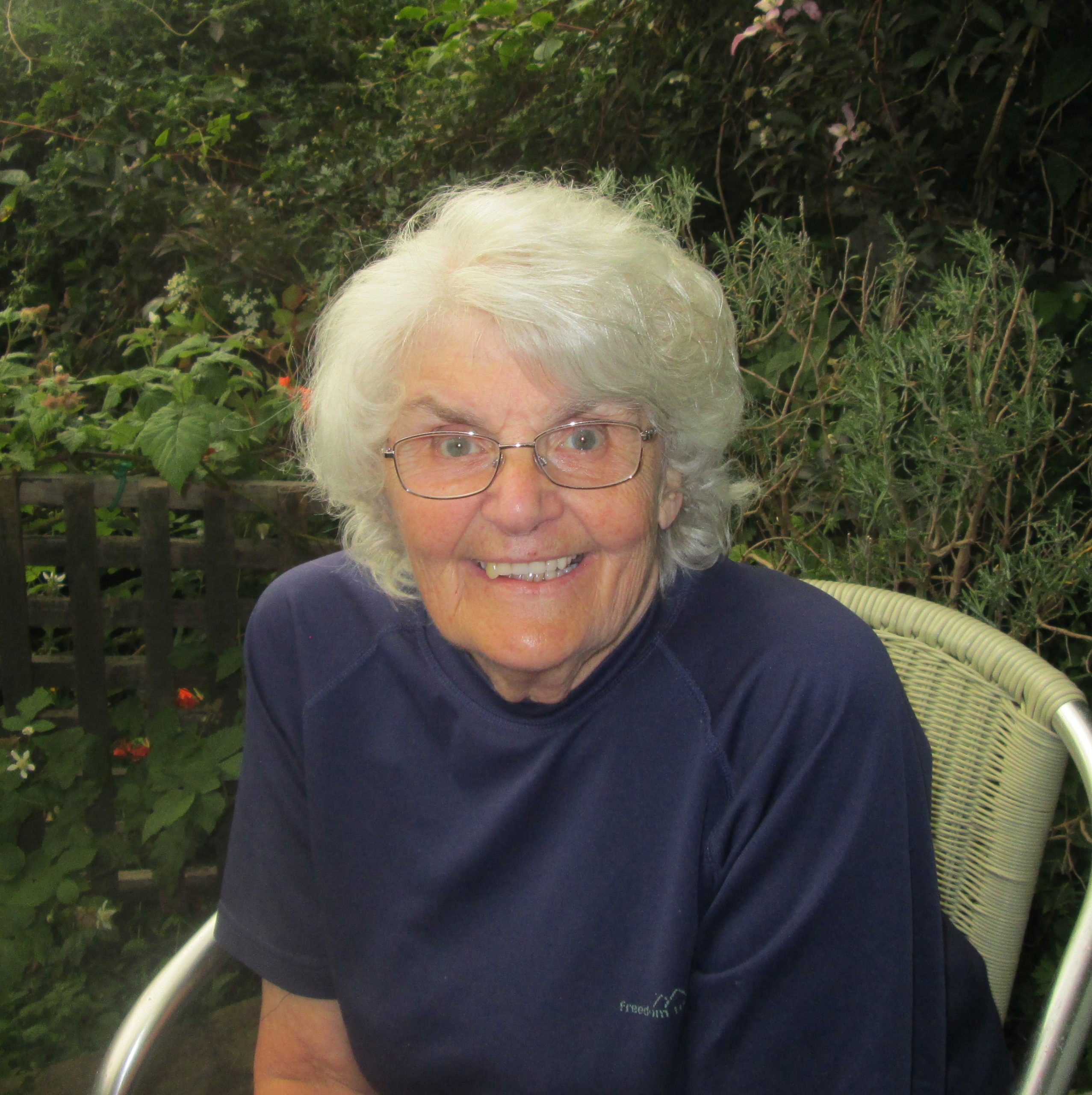


Leave a Comment